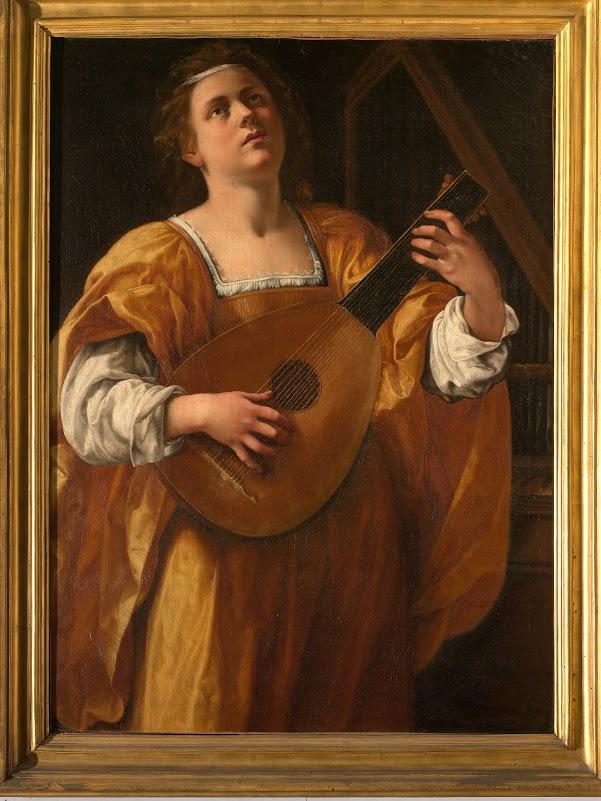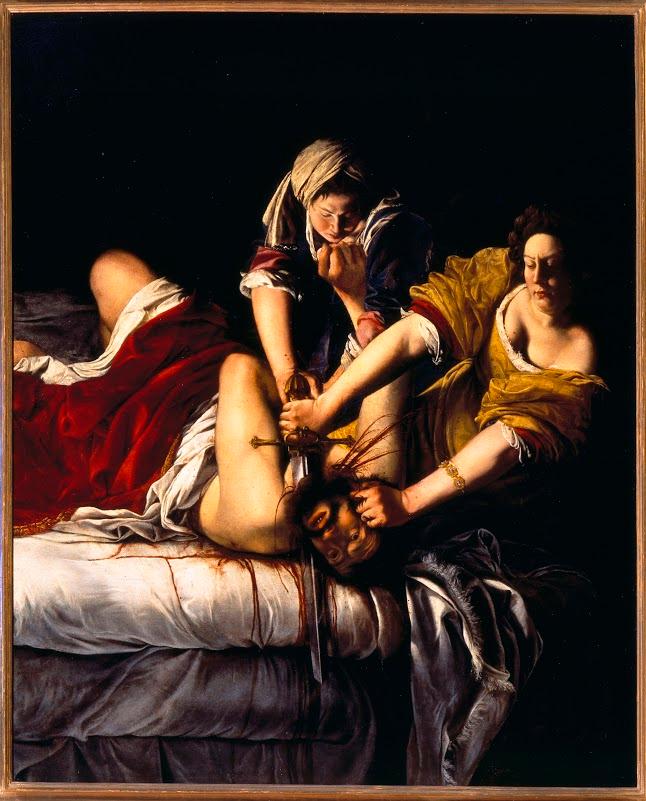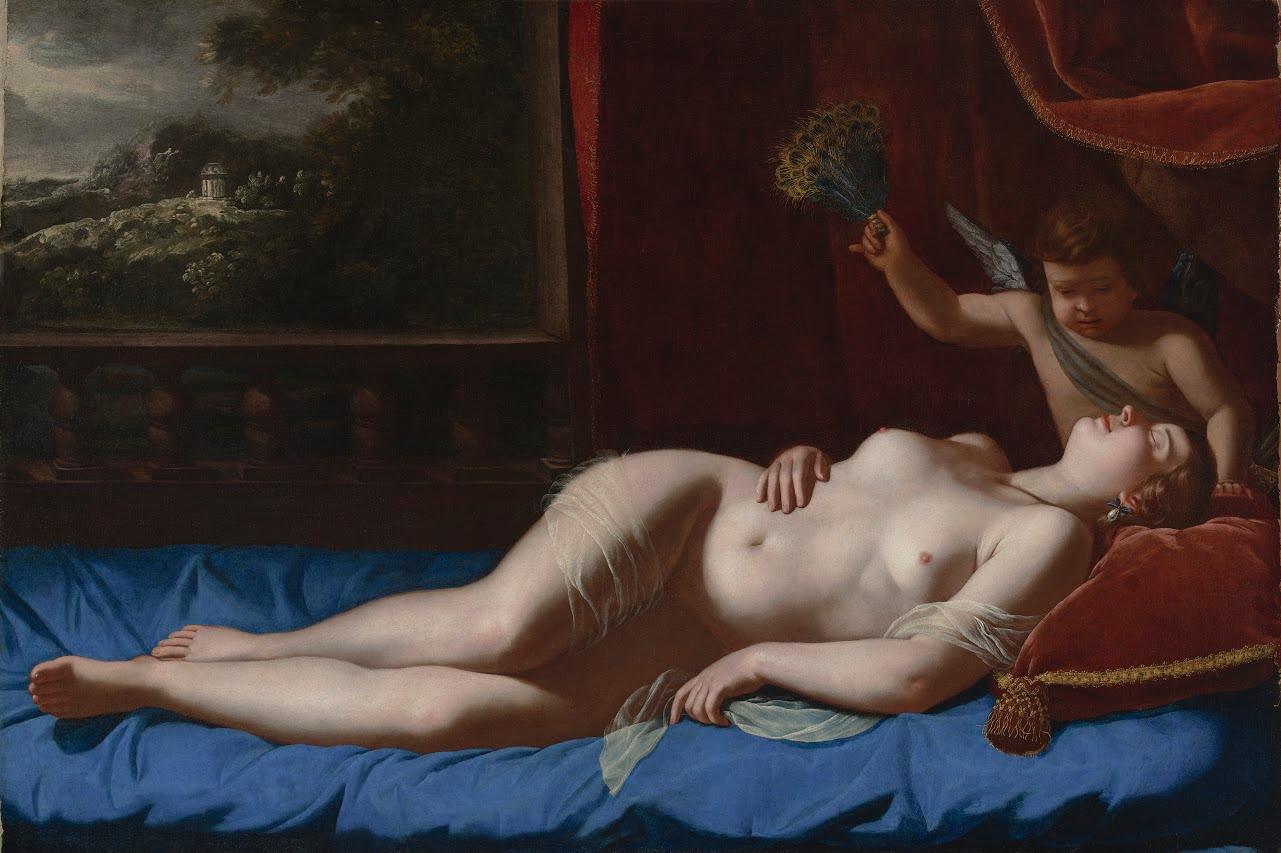"Sleeping Venus"
In the 17th century, Artemisia Gentileschi broke the glass ceiling.
She was "one of the most remarkable women in the history of western art," says Richard Savino, a professor at Sacramento State University and the San Francisco Conservatory of Music.
Born in Rome in 1593, she led an epic and often tragic life during an age when the city was trying to become the liveliest in Europe, says Savino, also a musician, who has recorded songs from Gentileschi's time.

During her life she faced repeated tragedy, including rape. "Her life consisted of a series of battles. Battles with authoritative figures regarding the rape. Battles with the rapist. Battles with the bureaucracy of Rome. And then battles with the different groups of artists that dominated the working environment for the different cities within which she lived," Savino explains.
But Gentileschi, the daughter of painter Orazio Gentileschi, lived an incredible life. She traveled extensively — which was rather extraordinary for a woman painter in that time.
Savino says after her rapist was convicted, "she basically decided and was given, more-or-less, permission to travel and take commissions. From Rome she went up to Florence, where she became a sort of integral part of the Medici court."
She went on to Venice, Naples and as far as London. It's believed she died in Naples during a plague that swept through the city.
Savino was inspired by Gentileschi's travels in leading his musical ensemble, El Mundo, which recorded music written when she was alive. El Mundo's CD, "What Artemisia Heard: Music and Art from the Time of Caravaggio and Gentileschi," follows her travels. The music is varied. For example, it includes the Spanish influence found in Naples.
oembed://https%3A//www.youtube.com/watch%3Fv%3DGIYEw0lMlgY
So, what does the music tell us about the life of Gentileschi and the world in which she lived and painted?
"It's a reflection of the radical changes that took place in 1600," Savino says. "You have to remember, 1600 is the first jubilee year after the Protestant Reformation. And in Rome, in particular, the Vatican wanted to make that city the Las Vegas of Europe. … We're going to make it even more over the top. And it's reflected both in the music, as well as in the paintings."

Here's more on this amazing Baroque period painter and her life.
Our coverage reaches millions each week, but only a small fraction of listeners contribute to sustain our program. We still need 224 more people to donate $100 or $10/monthly to unlock our $67,000 match. Will you help us get there today?
